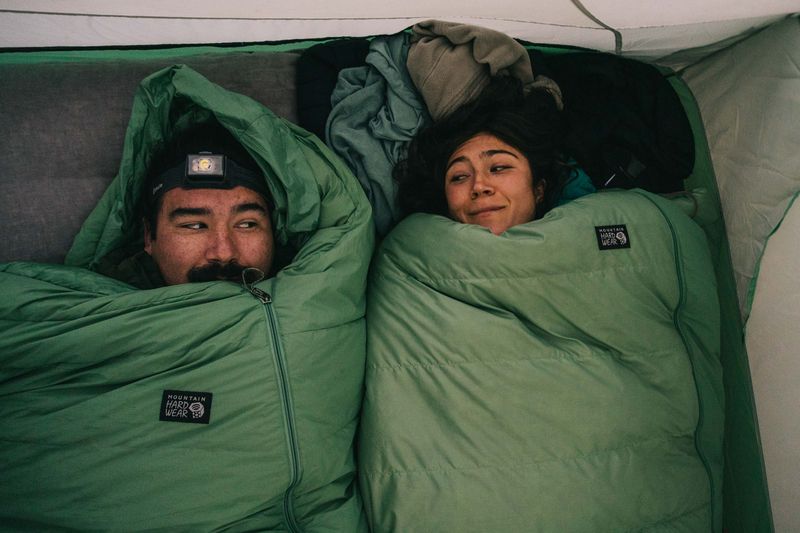Contents
The big SportFits sleeping bag guide
Whether you're an experienced camper or an outdoor novice, a good quality sleeping bag is essential for a comfortable and restful night's sleep. With a multitude of sleeping bags on the market, choosing the right model for your needs is not always easy. In this guide, we look at the different types of sleeping bags, the materials used, which sleeping bag is best for which season, and how you can best clean and store your sleeping bag.
The shape
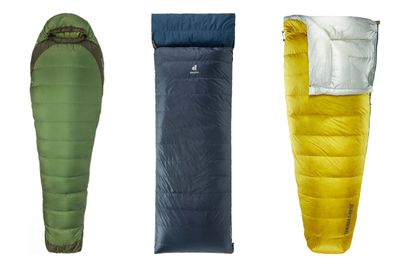
There are three main types of sleeping bags: rectangular, mummy-shaped and semi-rectangular.
Rectangular sleeping bags are the most common and offer the most room to move.
Mummy sleeping bags, on the other hand, are more tapered and fit close to the body, making them ideal for colder weather.
Semi-rectangular sleeping bags are a combination of both and offer some room to move while still providing warmth.


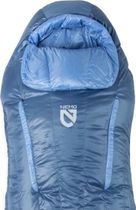
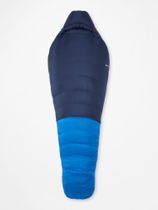
The material

Sleeping bags are typically made of either down or synthetic materials.
Down is a natural insulator that offers an excellent warmth-to-weight ratio and compressibility. However, down sleeping bags can be quite expensive and lose their insulating properties when they get wet.
Synthetic materials, on the other hand, are cheaper and retain their insulating properties even when wet. However, they are bulkier and heavier than down sleeping bags.
>> Find your down sleeping bag
>> Discover synthetic sleeping bags




The right sleeping bag for summer and winter
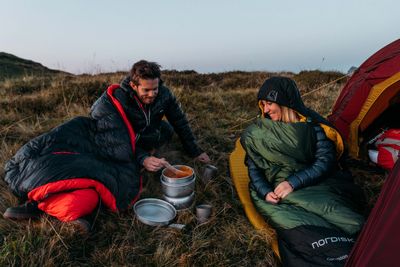
Sleeping bags are classified according to the lowest temperature for which they are suitable. The three main seasonal classifications are summer, three-season and winter.
Summer sleeping bags are designed for warmer weather and usually have a temperature rating of -1°C or higher.
Three-season sleeping bags are designed for spring, summer and autumn and usually have a temperature rating of around -9°C to -1°C.
Winter sleeping bags are designed for lower temperatures and usually have a temperature rating of -9°C or lower.
The colder it gets, the more important the sleeping pad is! Because then it not only provides comfort, but also protects you from the cold from below.
>> Find a suitable sleeping pad




Special sleeping bags

Besides the well-known outdoor sleeping bags, there are also special types: Bivy sacks and hut sacks, for example.
Bivy bags are wind- and waterproof bags that protect you from cold and wet weather and are perfect for nights in the open air. Combined with a regular sleeping bag, they offer extra protection and can even extend the life of your sleeping bag as the bivy acts as an extra layer of protection.
Travel sleeping bags, as the name suggests, are not made for use in the outdoors. They are much thinner and are often used together with blankets for cabin stays in autumn and winter.
>> Discover travel sleeping bags, liners and matching blankets
Cleaning and storage
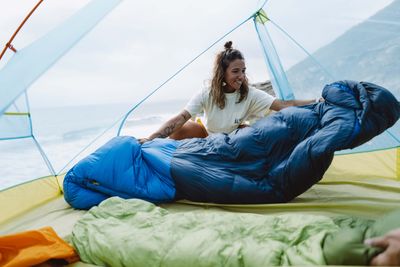
Proper cleaning and storage of your sleeping bag is important to maintain its longevity and functionality. In general, you should always follow the manufacturer's instructions. However, we have a few general tips for you:
If necessary, clean your sleeping bag with a damp cloth and mild soap.
If your sleeping bag is machine washable, make sure you use a mild detergent. It is also advisable to use the gentle cycle in colder water to avoid damaging your sleeping bag.
Hang the sleeping bag to dry or use a standard tumble dryer on a low setting. However, a high heat setting should be avoided at all costs as it can damage the insulation. For this reason, you should not dry your sleeping bag on the heater, but simply in the air.
When storing your sleeping bag, hang it up or stuff it into a large cotton bag to prevent it from being compressed. Some sleeping bags even come in their own bags. By the way, storing it for a long time in a small stuff sack is not ideal, as this can also damage the insulation.
Pro tip: Some manufacturers, such as Nordisk, offer a special cleaning service for their sleeping bags!
